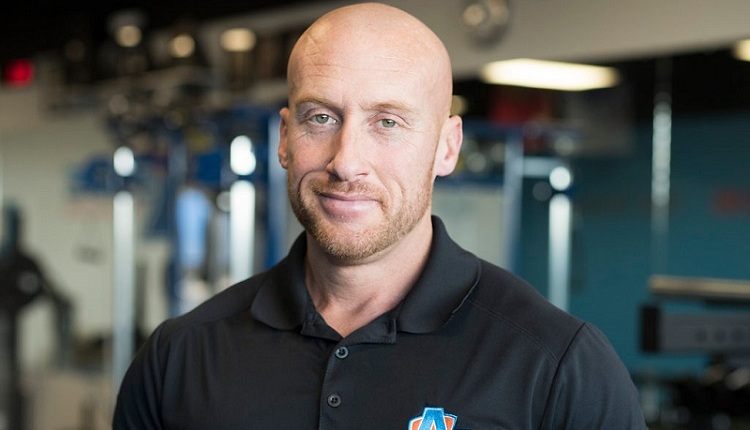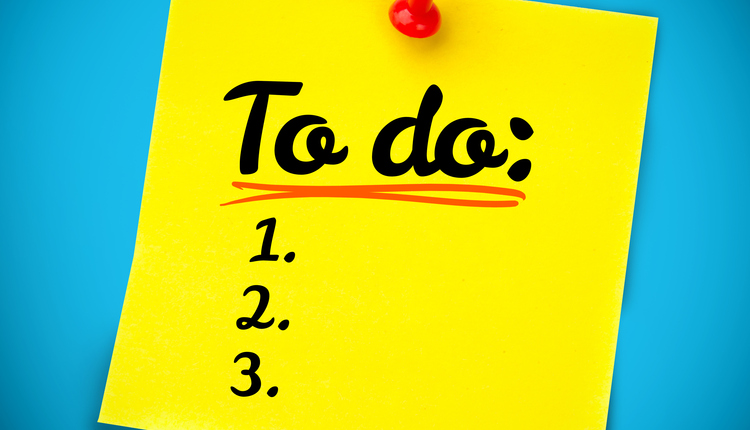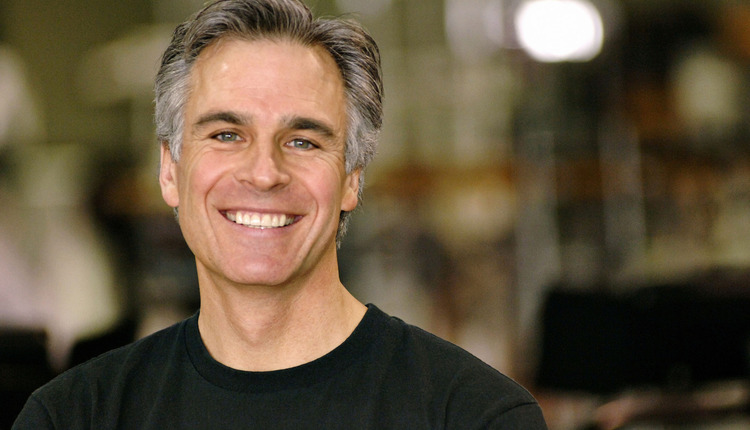Larry King said, “I remind myself every morning: Nothing I say this day will teach me anything. So if I'm going to learn, I must do it by listening.” This quote is vital to live by for today's fitness professionals. We live in the age of excess and instant gratification where everyone is inundated with marketing messages and very few are "listening" to the consumer. Most services are sold instead of bought; there is a huge difference, especially in fitness. As fitness professionals, our communication skills and the ability to listen to our clients, authentically, separates the good from the great.
As fitness professionals, we often become the only positive influence in our clients’ lives. We become part of their inner circle and become more than a trainer. We essentially become their best friend and confidant. This is a responsibility, especially when dealing with new, rookie trainers and with trainers who lack communication skills.
Think about a special time when you’ve been powerfully influenced by someone – maybe a speaker, teacher, coach or manager. Were you impacted by just their words alone? Would you have been just as excited if you read their words in a memo, as opposed to being in this person’s actual presence? For most people, the answer is “no.” The reason for this is that there are three primary components of communication.
1. Speech: the words we use. However, this actually represents only a small component of the message we communicate.
2. Physiology: how we communicate through our body language.
3. Tonicity: how we say something (tone, inflection, volume, etc.). Tonicity provides the majority of the message we communicate.
Failure to be consistent in your body language, voice inflection and intended message can create a less-than-optimal experience for individuals with whom we are communicating. It can also impact our credibility.
The question then arises for the fitness professional eager to create more meaningful relationships with their clients and potential clients, as well as elicit better results: "How do I better understand the world around my client and thus better understand my client’s emotions and body language?" How do we better understand their situations, be more empathetic and be able to pull the best out of every client? The answer is through the awareness and development of Emotional Intelligence (often referred to as EI or EQ). By definition, emotional intelligence is to be intelligent about other people's emotions. For fitness professionals, it more specifically means the ability to understand our clients as individuals better in order to motivate them to achieve their fitness goals.
Emotional intelligence and communication
Emotional intelligence, unlike personality and IQ, is a developable skill. Many emotional intelligence experts have found that those with higher emotional intelligence experience greater career success, are able to manage stress more effectively, have more meaningful relationships, have a heightened sense of self and are better able to navigate challenging relationships or interactions because they approach these situations through a lens of empathy. Having a higher emotional intelligence also makes business skills like selling, marketing and public speaking far more effective.
Exercising emotional intelligence when communicating with your clients will empower you to become a more successful professional, particularly when you focus on these five areas in your relationships with clients:
1. Respect
2. Shared experiences
3. Trust
4. Reciprocity
5. Mutual enjoyment
Success with a client is not solely based on the results of the workouts you deliver. You and your client will experience more meaningful results and success when your relationship is founded on the above five areas of communication. By working to develop a deeper understanding of your clients' emotions, you will build longer-term and more loyal relationships.
Case study of emotional intelligence in practice: male and female communication
It is fairly common knowledge that males and females communicate differently. In our industry, where training relationships may be male-training-female or vice-versa, it is imperative to recognize the differences in communication styles in order to elicit the desired outcome.
Male communication styles tend to be more direct and lack emotion, whereas women tend to lean toward a communication style that is more abstract and emotional. It is very important for trainers to recognize the differences and adjust their communication style to their client as necessary.
When men communicate with men in a fitness setting, it is often direct and without emotion. Simply asking, "What are your goals?" or stating, "This is how we are going to do this exercise" or "Do 20 more squats." These interactions comes off as normal conversation for most men in the fitness setting.
Communicating with women, on the other hand, integrating a component of emotion and feelings will often lead to a more meaningful response. A simple direct question may not suffice. Engage by asking "What is your goal and why is this important to you?" Or "How was your day today and what was the best part?" Incorporating more emotion into the conversation will likely be more successful in getting the result or answer you’re looking for.
Communication will be a catalyst for growth and success, or it can be a recipe for disaster. Learning how best to communicate with each individual client will serve us best in our job as a fitness professional. As part of your own self-development, challenge yourself to heighten your own emotional intelligence, put it into practice in your own self-awareness, communication and relationships and watch how it impacts you and your clients.
For more education on the topic of Emotional Intelligence, start with the book by Travis Bradberry and Jean Greaves, Emotional Intelligence, 2.0.





















